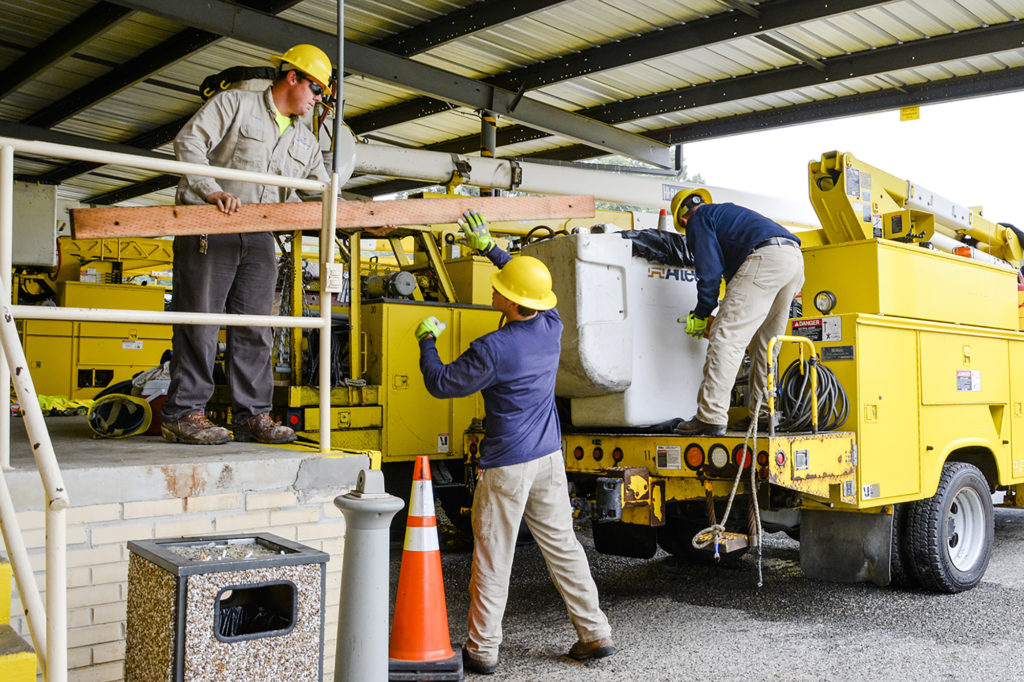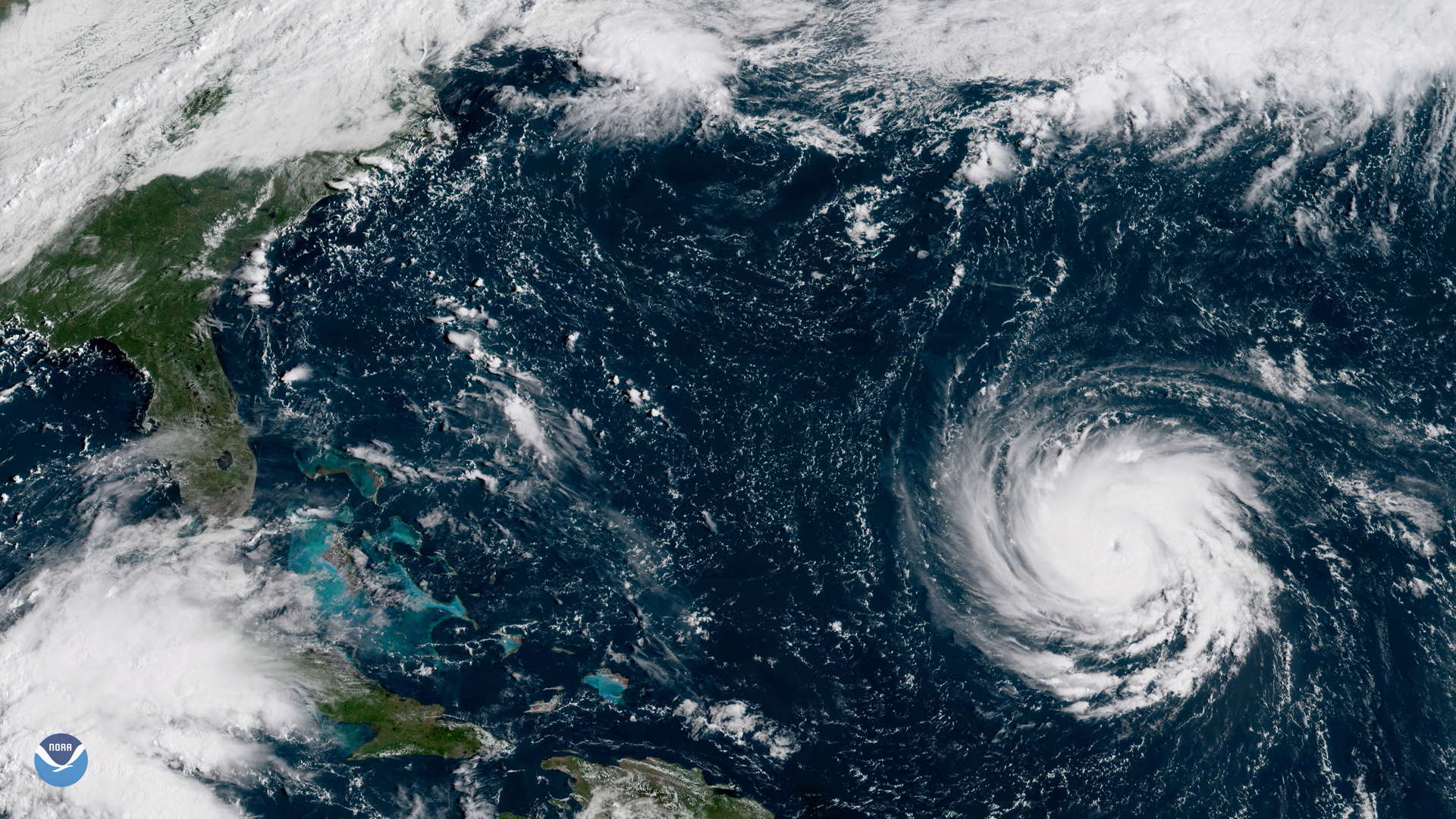
Electric cooperatives serving members in coastal areas from the Carolinas to the mid-Atlantic region are preparing to handle outages and other emergencies that could come with Hurricane Florence.
The storm, which has the potential to strengthen before its predicted landfall along the Carolina coast later this week, prompted governors in North Carolina, South Carolina, Virginia and Maryland to order mandatory evacuations of barrier islands and coastal communities on Sept. 10.
North Carolina’s 26 electric cooperatives have activated emergency plans and stepped up preparations for the storm. Line crews are using this time to stock their trucks with materials needed for repairs and are testing equipment to make sure it is ready for use. Staff meetings and conference calls are also being held to coordinate response efforts and support from co-op crews in other states if needed.
“We will do everything we can to minimize disruption to service while keeping members informed and safe,” said Nelle Hotchkiss, chief operating officer for North Carolina’s Electric Cooperatives. “We urge everyone to prepare now by making a plan, assembling an emergency kit and following the instructions of local officials.”
In South Carolina, “though we don’t know the exact path of Florence, we are expecting that some of our co-ops will be impacted by the storm,” said Todd Carter, vice president of loss control and training at The Electric Cooperatives of South Carolina.
“As soon as a damaging weather event becomes a possibility, we activate a long-standing, formal agreement with multiple surrounding states,” said Carter. “We reserve repair crews and plan for them to be close to at-risk areas after a storm passes.”
Co-ops in Georgia committed personnel and equipment to restoration work in South Carolina as soon as crews are needed.
National Weather Service forecasters have warned that the massive weather system could produce damaging winds at any point within 140 miles of its center. They also have forecast heavy sustained rains topping accumulations of 20 inches to 40 inches in some areas between Wednesday and Saturday.
Florence is potentially the worst storm to threaten the Carolina coast in nearly 30 years. Hurricane Hugo struck just north of Charleston, South Carolina, as a Category 4 storm on Sept. 22, 1989.

Concerns about hurricane damage extend both northward and inland into the Appalachian region, with co-ops in Virginia, Maryland and Delaware preparing for outages and other potential damage to their transmission and distribution systems.
“With the ground already saturated, additional heavy rain and strong winds could result in widespread, prolonged power outages,” said Casey Hollins, director of communications and public relations for Fredericksburg, Virginia-based Rappahannock Electric Cooperative.
“Impacts could be felt as early as late Wednesday, and heavy rain and wind could continue through the weekend,” said Hollins, adding that significant flooding is possible.
Southern Maryland Electric Cooperative issued similar warnings to its members on its website and social media outlets.
“Personnel are preparing to respond to outages that may result from falling trees and flooding,” said Tom Dennison, a spokesman for the Hughesville-based distribution co-op. “With the ground already saturated from recent rainfall, the likelihood that trees will fall on power lines is increased.”
Co-ops in all of the affected states are committed to keeping members informed about the outages, and many are now offering real-time outage maps that note affected areas and can include projections on restoration time.
Read more:
NRECA Supporting Co-ops in Affected Areas Ahead of Hurricane Florence
Derrill Holly is a staff writer at NRECA.